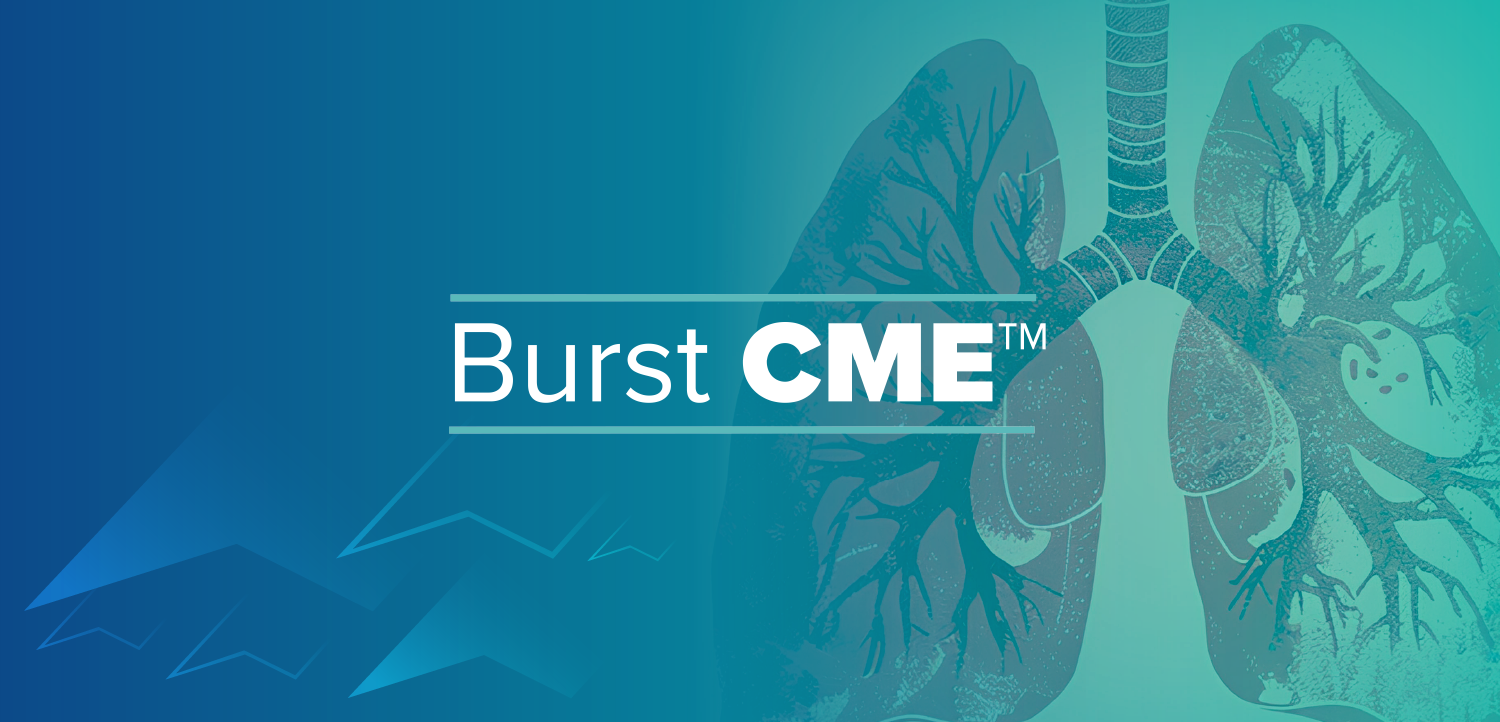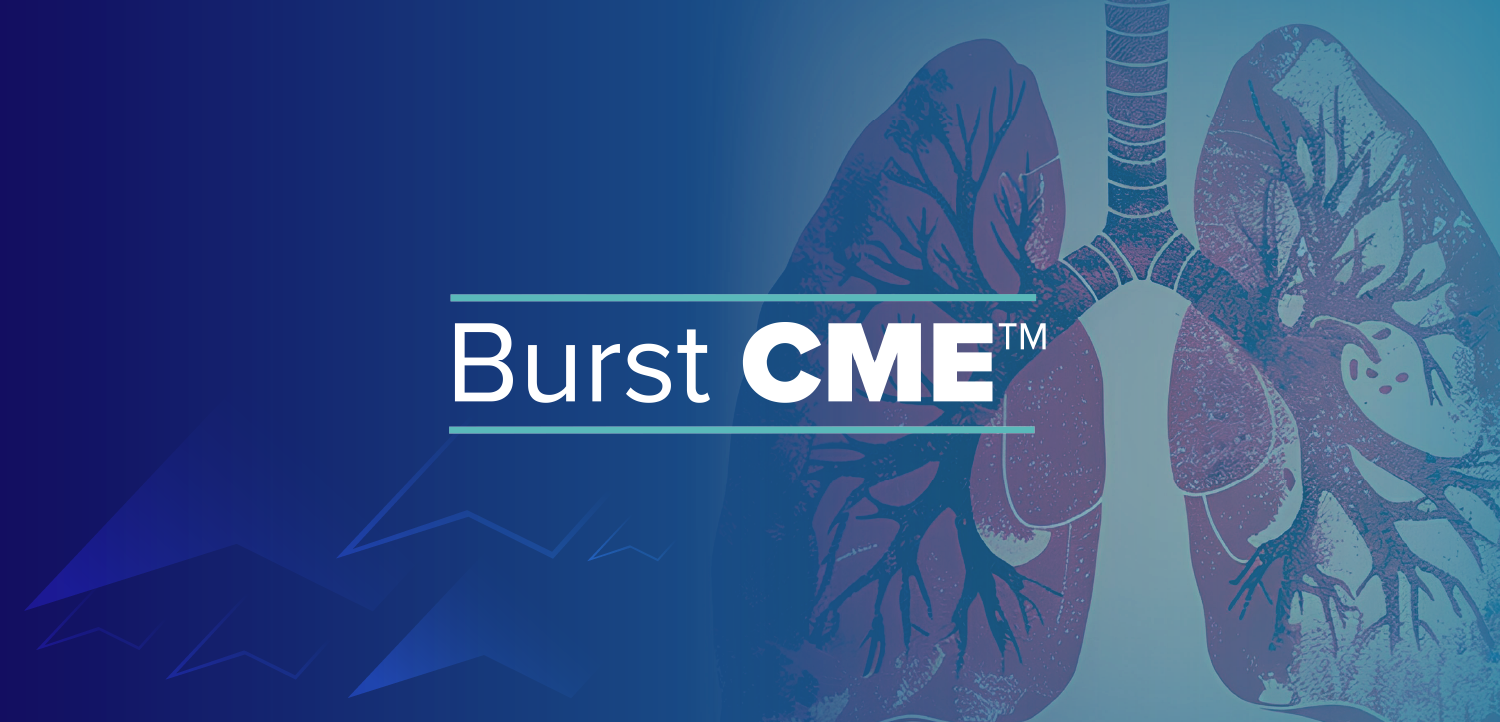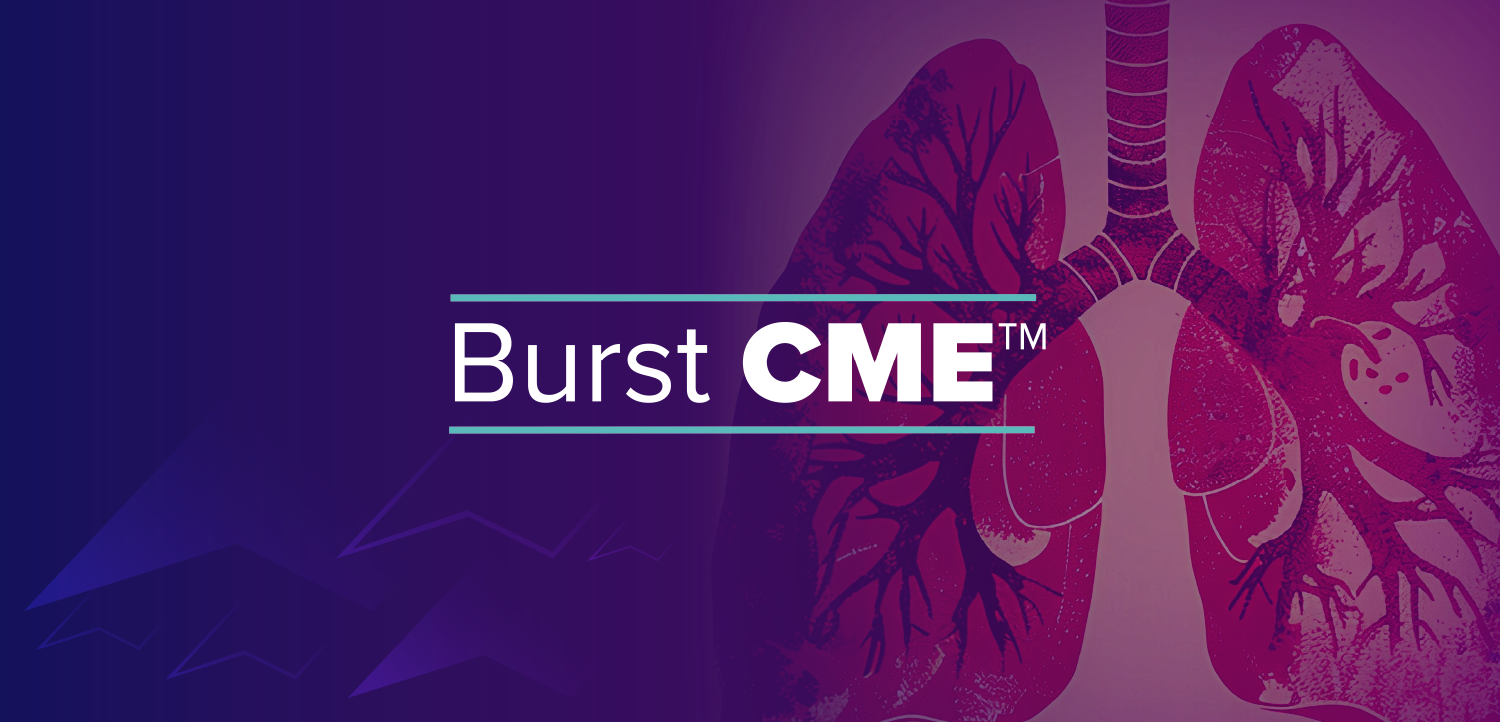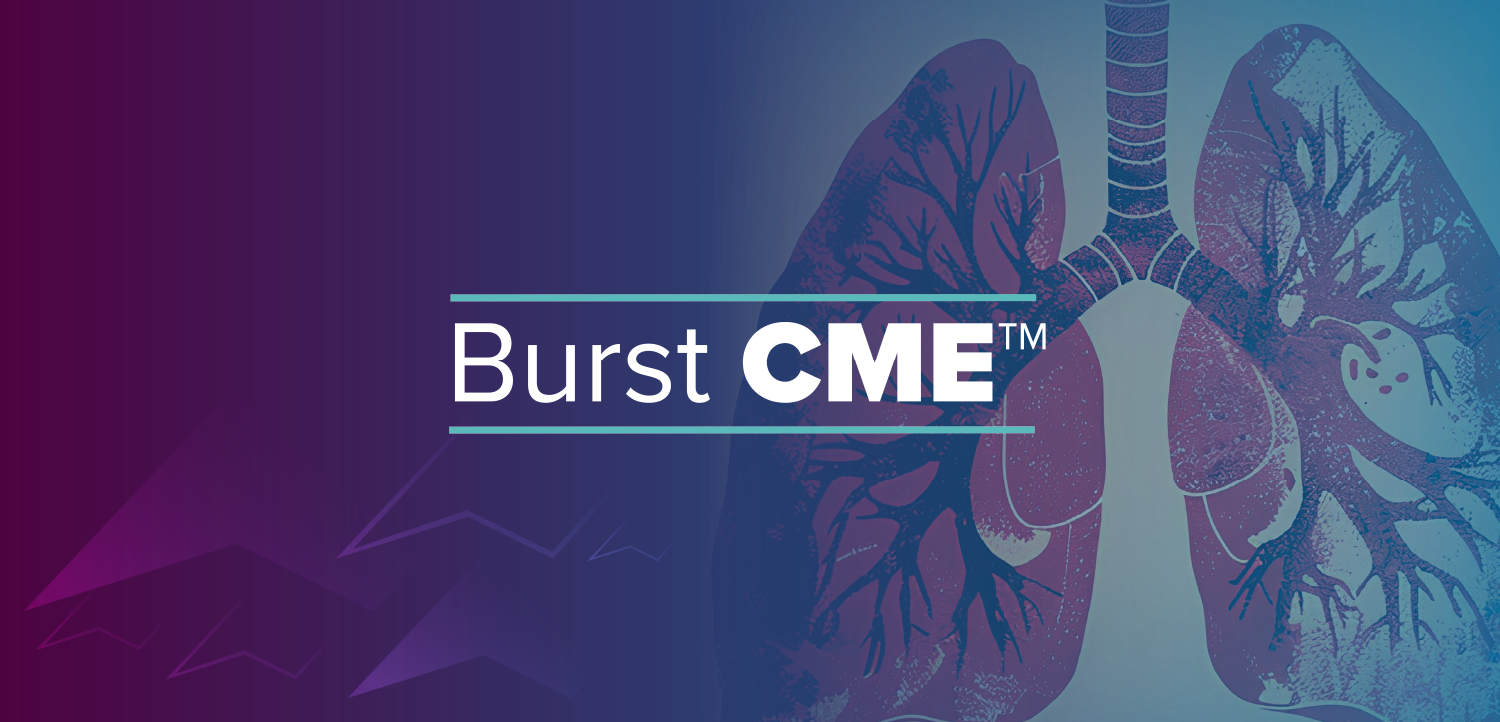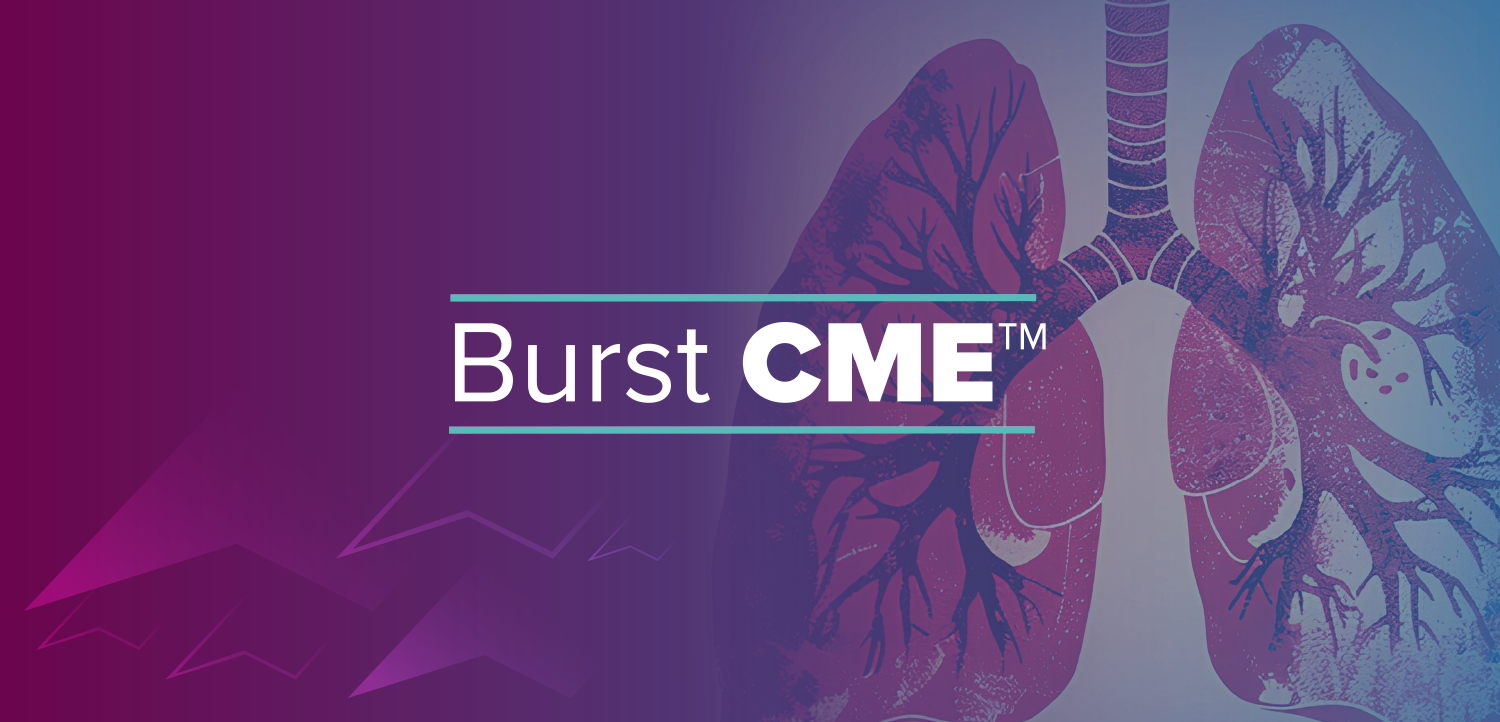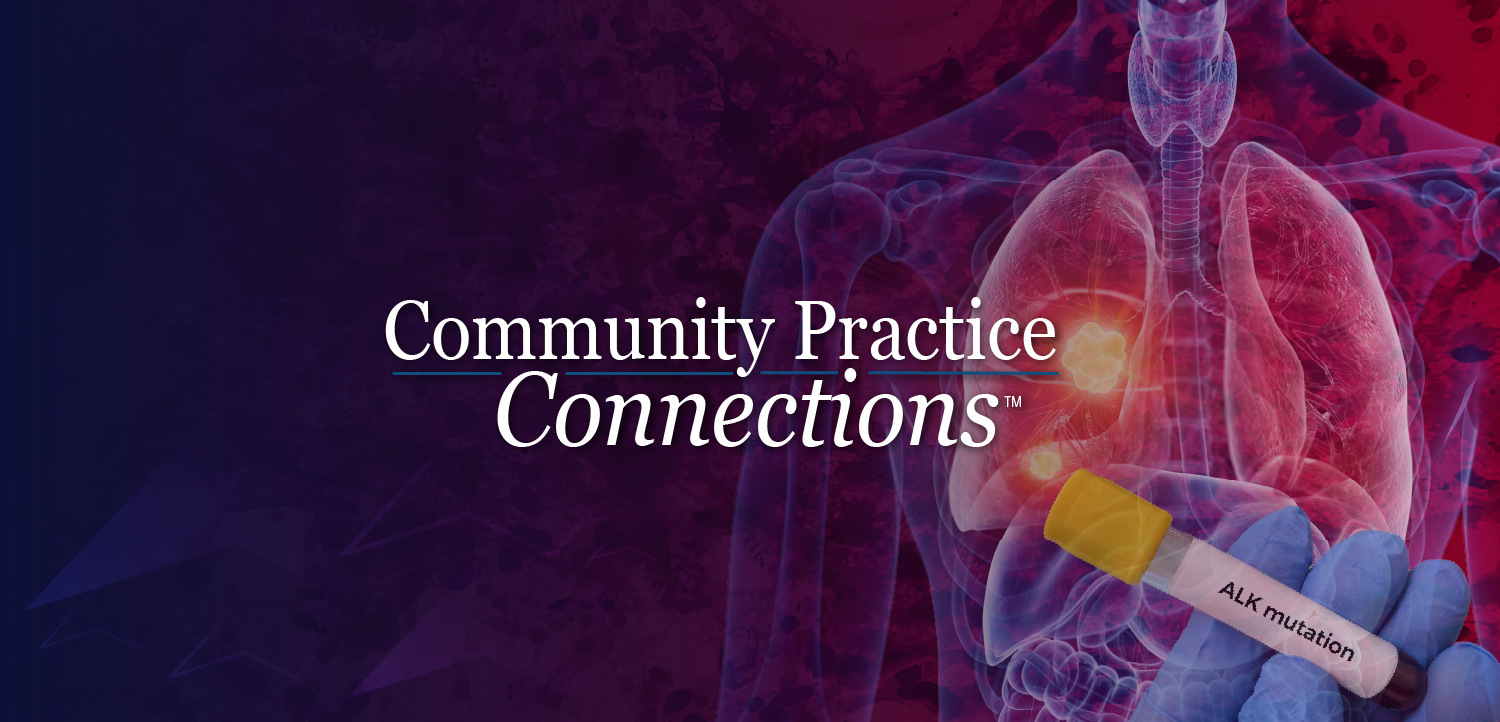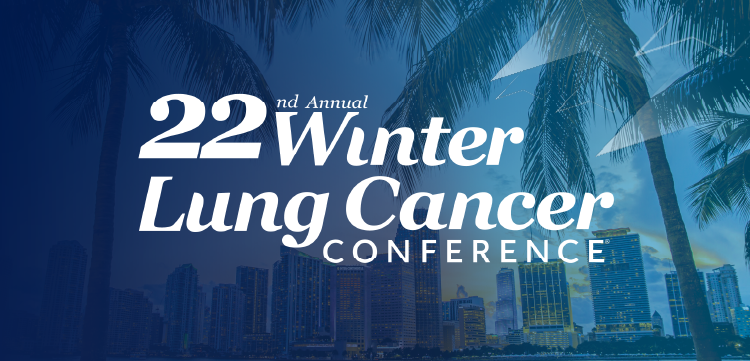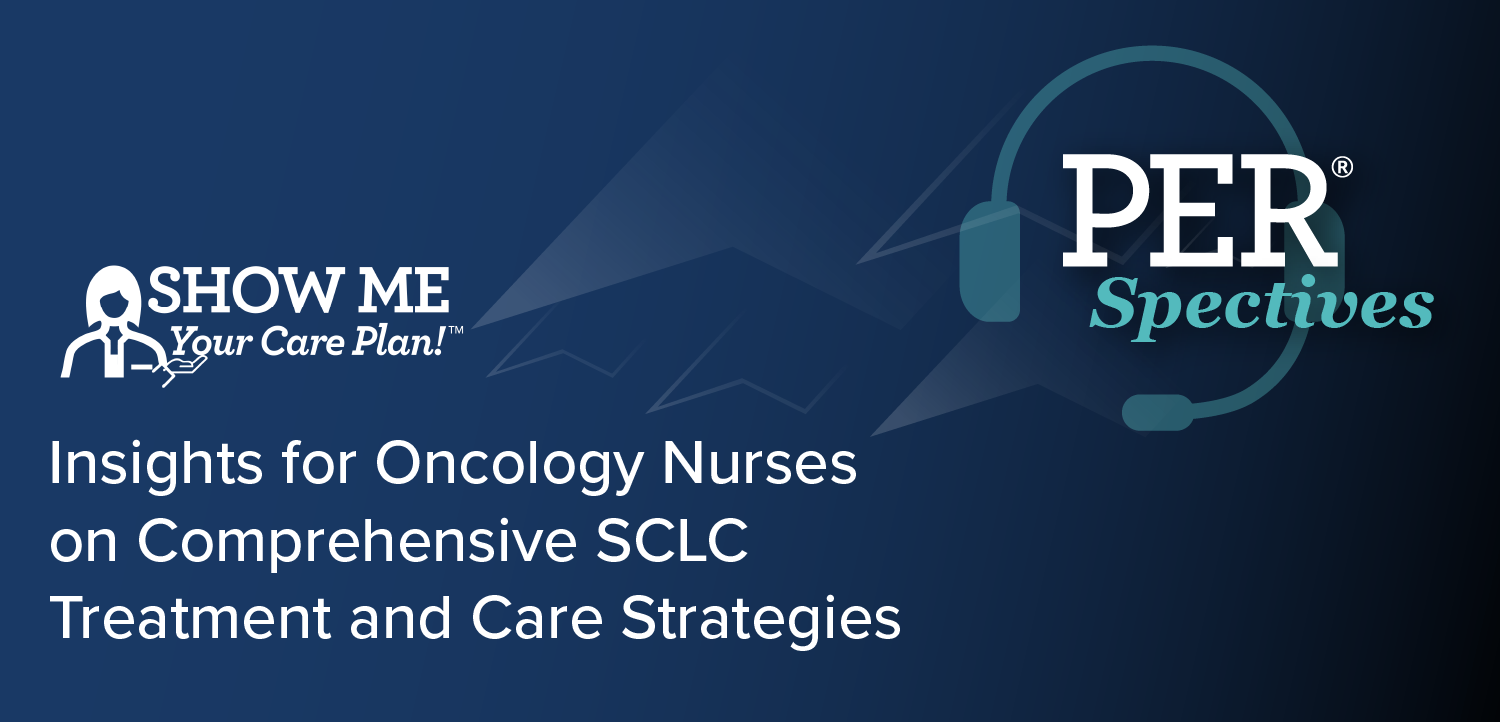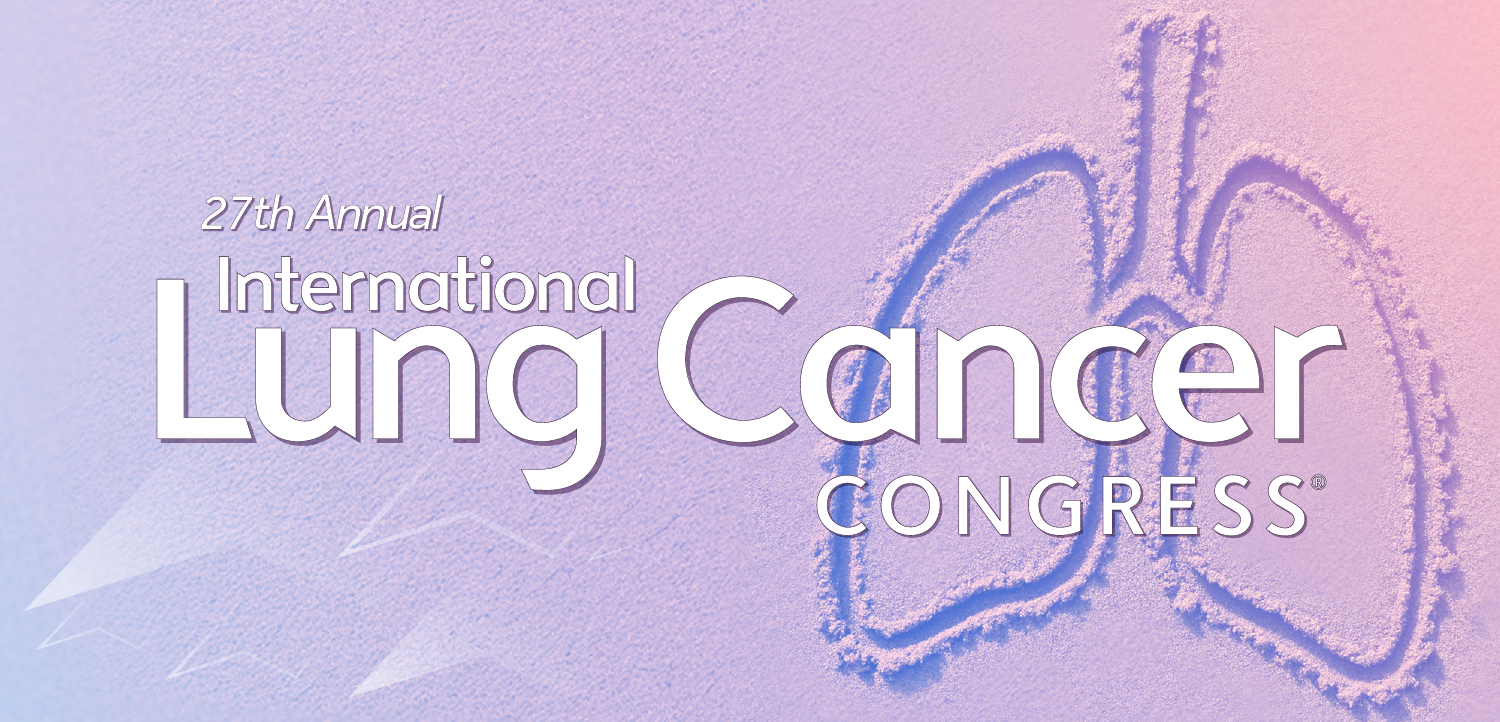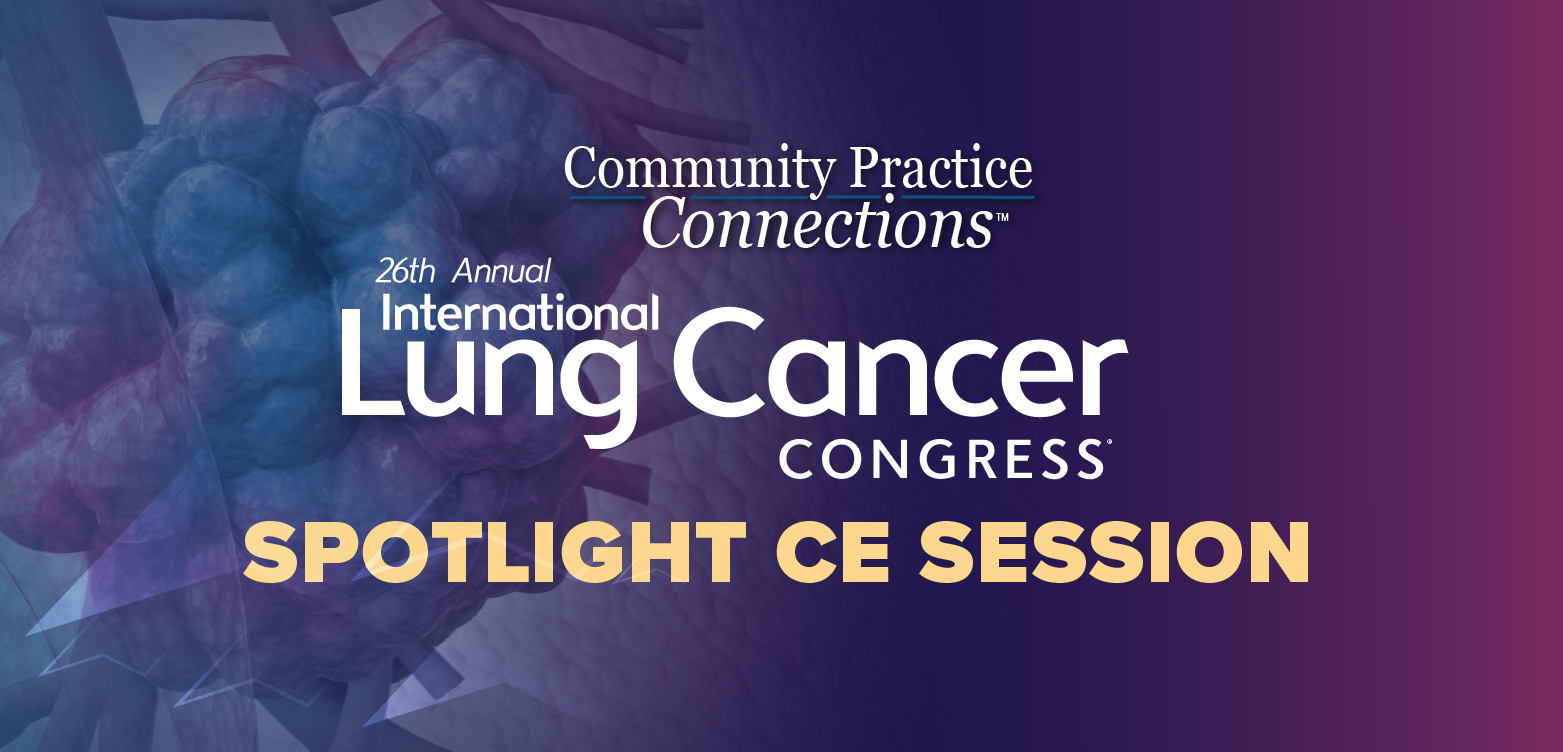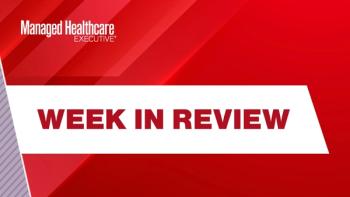
- MHE February 2025
- Volume 35
- Issue 2
How Can We Get Better?
Changing the narrative about health insurance.
The murder of UnitedHealthcare CEO Brian Thompson on Dec. 4, 2024, was shocking enough for the company and the health insurance industry in general. But some of the reaction to the events cuts even deeper. The lionization of the alleged murderer can be dismissed as warped, another example of social media-fueled outrageousness. But offline, more quietly and with some thought, many people navigated to a mixed middle ground that went something like this: “Of course, I am not in favor of murder and violence. It’s terrible. But I understand that people are angry at the health insurance industry.”
Health insurers and others in the healthcare sector took notice of the anger and frustration, tried to make sense of its origins and discussed how health insurers might respond.
“I think industrywide, people are taking [a] hard look at ourselves and self-reflecting and asking questions like, ‘How do we be a better industry?’” Sachin Jain, M.D., MBA, president and CEO of SCAN Health Plan, a not-for-profit Medicare Advantage plan in Southern California, says.
Even Andrew Witty, CEO of UnitedHealth Group (the parent company of UnitedHealthcare) and Thompson’s boss, discussed the negative sentiments that welled up. In an op-ed piece about Thompson in The New York Times, Witty wrote about the “grief and sadness we will carry for the rest of our lives” but also of the “struggle to make sense of this unconscionable act and the vitriol that has been directed at our colleagues.”
Even before Thompson’s murder and its aftermath, Gallup polling showed growing discontent with American healthcare coverage and the quality of U.S. healthcare overall. According to results of the company’s annual Health and Healthcare poll that was conducted in November 2024, only 28% of the respondents indicated that their coverage is excellent or good, 4 percentage points lower than the average since 2001 and well below the high point in 2012 when 41% put their coverage in the excellent or good category. The same poll showed that fewer than half (44%) of U.S. adults say the quality of healthcare in the country is excellent (11%) or good (33%), and that proportion has slid 10 percentage points since 2020.
Complete black box
Ideas about how to remedy problems are shaped by notions about what caused them, and the thinking about addressing the negative views of and experience with U.S. health insurance is no exception.
Ryann Hill, M.P.H., who founded her own lobbying firm, Indigo Hill Strategies, in the past year in Washington, D.C., is no stranger to healthcare policies and politics. Her experience holding government affairs positions for a variety of healthcare organizations, including SCAN Health Plan, stretches back almost 10 years. Hill sees the anti-health insurance thoughts and feelings in the U.S. as yet another manifestation of the worldwide rise in populism. “We’ve seen this rise in anticorporate, anti-big business sentiment, and that sentiment is the through line,” Hill says.
Hill says the U.S. healthcare system is so complex that it’s impossible to pinpoint any specific reason for the frustration that people may be feeling. “But we’re always going to have this underbelly of the everyday person versus big business.”
Populism is also part of François de Brantes’ diagnosis of the discontentment. “What’s the rise of populism?” de Brantes, MBA, a member of the Managed Healthcare Executive editorial advisory board who has decades of experience in the payer-managed care realm, asks. “The rise of populism is essentially saying I have no control in many different aspects of my life and I have degrees of freedom in other aspects of my life and then there is this stuff out there, which essentially seems unaccountable.”
But de Brantes, who is now working for XO Health, a new company that is billing its value-based care and payment model as altogether different from typical insurance, sees the anger as being more acutely directed at health insurers. In occasionally salty language, de Brantes says whether it’s commercial or government payers, people are frustrated about the high cost as reflected in premiums, taxes or both along with the healthcare he says that people get in return. “It’s that discontinuity and experience that I think creates a breaking point,” de Brantes says. According to KFF, the average annual health insurance premium for a family in 2024 was $25,572, which is 24% more than it was in 2019 and 52% more than it was in 2014.
De Brantes says the last time there was this kind of populist uprising in healthcare was widespread rejection of health maintenance organizations (HMOs) in the 1990s. People were enticed by very low cost sharing, but the capitated arrangement of the HMOs created incentives for the organizations to do what they could to reduce the consumption of care. De Brantes says now the cost sharing is high and that it is still bad experience when it comes to accessing care.
In de Brantes’ opinion, young people are especially dissatisfied, and he points to the results of an Emerson College poll in early December of 1,000 registered voters in which 41% of the respondents aged 18 to 29 years said the actions of the killer of Thompson were either somewhat or completely acceptable.
“That generation lives on digital tools,” de Brantes says. “They can find anything they can price. They know ahead of time what they should be paying. … Then you hit this industry, and it’s like a complete black box.”
Hill also talks about the boggling ways of health insurance. She has two young sons. “I gave birth at the same hospital, in the same room. For one of them, I paid $10,000 [out of pocket]. For the other two years later, I paid zero. Nothing changed but the health insurance I had.”
‘Crummy insurance’
“Nobody likes insurance companies. I mean, I don’t like Jake from State Farm. I have had fights with State Farm,” quips Mark V. Pauly, Ph.D., a health economist at the University of Pennsylvania in Philadelphia and one of the country’s leading experts on the economics of
health insurance.
Pauly emphasizes that he was upset by some the expression of support of Mangione (“this person who’s not only confused but also emotionally disturbed”) and “talking heads on TV” saying misleading things about health insurance. At the same time, Pauly says he understands that “most people don’t like American healthcare and the health insurance system.”
Some of that dissatisfaction is the same dissatisfaction that can occur with any prepaid service, Pauly says. “We paid for this all-inclusive vacation, and they haven’t put little umbrellas in the drinks. We’re not getting the service we thought we paid for.” Obviously, the stakes with health insurance are much higher, he adds, but the same economics and psychology come into play because of the separation of premiums paid and benefits used.
Pauly says some people are frustrated by health insurance because they view it as an investment that doesn’t pay off. “I’ve paid tens of thousands of dollars over 60 years for fire insurance on my house, and I’ve never had a house burn down. Did I waste my money? Should I be frustrated? No, it’s better not to have a loss than have a loss. It’s better not to make money off your insurance than to make money off your insurance.” One way health insurance has been made more attractive to people is to give them a return on investment and have it cover services that are not catastrophic, Pauly notes.
Pauly frames the managed care tactics of prior authorization, step therapy and the like, which are part of the bad experience that de Brantes talks about, as a predictable consequence. “If you are willing to pay the price, they would be willing to forgo strict enforcement of things like step therapy and other managed care rules,” Pauly says. “Obviously, it will cost more if you buy insurance with low deductibles and low out-of-pocket payments than with high out-of-pocket payments. Insurers are perfectly willing to sell that. They can make money that way too. It’s just that for a number of reasons, which are complicated and historical, a lot of people have bought essentially crummy insurance and then complain bitterly about it.”
The individual coverage sold on the Affordable Care Act exchanges illustrates his point, Pauly says. Very few people buy the platinum plans with better coverage (and higher premiums), he says, opting instead for the bronze or silver plans. “My main point is that from an economist’s point of view, you get what you pay for and if you don’t pay that much, you don’t get that much.”
But Pauly also points out that the prices that people in the U.S. pay for healthcare are high — the highest in the world, in fact. The price of drugs gets a lot of attention, but Pauly says that is not the main reason for expense. “We — the U.S. healthcare system — pay people who provide healthcare much better than they do in other countries,” he says. “It’s not just doctors. We pay nurses better and orderlies and so forth. So there’s a trade-off. We could have a system like they have in Spain if we pay doctors bus drivers’ wages. Would we want to do that?”
Getting better
At SCAN, Jain has been calling for an end to complacency about the state of U.S. healthcare for some time now. At the AHIP 2024 meeting in Las Vegas, Nevada, he was on a featured panel. “These conferences are just full of happy talk,” Jain told a large audience of industry leaders. “We’re in a bad place with American healthcare right now. Lots of things are messed up.”
In a December 2024 interview for this article, Jain expressed some of the same sentiment and said now was an opportunity for industry leaders to “collectively focus on how people really experience care — and it’s not good.”
“I think it’s really up to everyone who works in healthcare to look at these reactions and really decide how we’re going to be better,” Jain added.
Jain puts his “being better” chips on ramping up value-based care and “putting more and more decisions about what kinds of care [are] delivered into the hands of doctors and medical groups.” It may not be fair, he says, but the public perception is that insurance companies put themselves between doctors and patients.
“I think value-based models like one in which we operate, where 92% of care is fully delivered by medical groups that are at financial risk for whatever happens to patients, it’s their doctors [who] are really making the decisions in collaboration with patients about what kind of care is administered,” Jain says.
Jain said SCAN, as a not-for-profit insurer, has been able to focus on partnering with providers and prioritizing patients. “When we’re constructing a formulary or building a network or we are thinking about our benefits, a lot of what we think about is stability and what is best for our patients.”
“I think we have that luxury,” Jain continued, “because we don’t necessarily have shareholders and I think people that work in shareholder-driven companies obviously have to balance a patient motive with a profit motive.”
One high-ranking Blues plan official that Managed Healthcare Executive interviewed acknowledged the drawbacks of utilization management: “We are always looking for better alternatives to utilization management because utilization management is not great. It’s expensive for us. It’s expensive for the provider sides. It adds more administrative burden.”He asked that his name not be used because he wanted to speak freely and had not gone through public relations channels.
Alternatives to traditional utilization management, he said, include programs “within an envelope of value-based care” that provide decision support tools and data to providers so that they make patient care decisions that are supported by evidence. In this insurance executive’s view, utilization management and other managed care strategies that make health insurers unpopular are necessary patches to a market-based healthcare system that lacks many of the features essential to healthy free markets: price transparency, information transparency, and buyer knowledge about the value of a service or product.
Defending prior authorization
“I’m going to sound like I am sort of siding with insurers, which is not my intention,” says Shawn Gremminger, M.P.P., president and CEO of the National Alliance of Healthcare Purchaser Coalitions, a trade organization for self-insured employers and other groups. Gremminger and his group have been critical of spread pricing and other practices used by pharmacy benefit managers owned by the large, publicly traded healthcare companies such as UnitedHealth Group. But he is worried that the low regard and hostility toward the insurance industry that surfaced in December will swing the pendulum too far against managed care practices that help his members temper healthcare costs — and more.
“We can point to situations where prior authorization has literally saved lives. There are good docs and there are bad docs and there are good docs that just make mistakes. But talking to our employers, I can give you examples where a physician prescribes a drug that [is] entirely unnecessary, that could be harmful.”
At the same time, Gremminger says blanket denials and delays in approval when patients have, say, a fast-moving cancer should not occur. If doctors are able to show that they are following clinical guidelines, that should be approved, but if they are outside clinical guidelines, “that is cowboy
medicine,” he says.
“What I hope happens — I don’t know that it will — is that [it] causes the healthcare community to have a real serious conversation about prior authorization and medication management and the role it can play — the ways in which it’s used appropriately and the ways it’s used inappropriately.”
Gremminger says payers and insurers should consider abandoning high-deductible health plans. Many of his members use them, and Gremminger says, “I am not here to tell employers that their plan is stupid, individually.” But if the purpose of high-deductible plans is to create value-conscious use of healthcare because people have “skin in the game,” they have been a failure, he says. “They don’t know what’s high value and what’s low value, and I don’t blame people for not being able to tell the difference. Employers have a hard time
telling the difference.”
Gremminger says that benefit design and particularly the elimination of deductibles could help lower the temperature of some of the frustration with insurers. “I am [earning] a pretty high income, but there is something inherently absurd about the fact that I am paying a big premium and then before my insurance starts to do anything, I have to spend $5,000 out of pocket.” He mentions Surest, a UnitedHealthcare company, as a model. The plans it offers have no deductibles or coinsurance, and copays fluctuate with the cost and quality metrics of the provider. “The only downside is, frankly, you have to trust that UnitedHealthcare is playing it straight, and I think based on some of things we have seen, I don’t necessarily have that degree of trust.”
Look to employers
Approximately two-thirds of U.S. workers are covered by employers that are self-insured. One of Pauly’s prescriptions for reducing the anger at insurers is for people to understand that often their employers, not insurers, are setting the terms of their coverage. The insurance company issues a card, but Pauly says, “It’s just a hired gun. It’s just administering the benefits.”
“One thing I would really love to see, although I probably won’t, is for people at least to direct their anger and fury at the right person, which is their employer,” Pauly says.
Gremminger acknowledges that insurers often get blamed for coverage limitations that are ultimately the responsibility of self-insured employers. “I think there’s a reasonable critique that people should be looking at their employer and say, ‘We want you to do better,’” he says. But Gremminger adds a reality check proviso: Benefits offices at many employers are small, so employers are reliant on insurers and benefits consultants to make their coverage decisions.
De Brantes says there is opportunity in the confluence between widespread frustration with the way health insurers currently operate and new price transparency rules that require insurers to disclose how much they are paying providers. Companies like his can now start negotiations of fee schedules, with physician practices knowing what other payers are paying. “We’ve always talked about transparency as an absolute necessity to transform the system, because without it, you’re flying blind,” de Brantes says. He foresees the budding of a bifurcation of the health industry. Markets with a high barrier to entry because of regulatory, capital and other requirements will continue to be dominated by the current group of insurers, de Brantes says, but companies such as XO Health will be able to compete in other markets because of the level of dissatisfaction with insurers, price transparency and other factors. “I think we’ll see significant change over the next couple of years because we are at a turning point,” he says. “We’ve talked for years about the unsustainability of the system. It’s really a combination of the money I pay and the experience I get.”
Hill says it is possible that not very much will change in the health insurance industry — that, in time, the murder of Thompson and the reaction to it will be seen as an isolated incident. She is hoping for a different outcome. “I think what should happen is that health insurance industry leaders need to take a good, hard look at the reaction and not just be dismissive about it,” she says. “I think there needs to be a broader conversation about people’s experience with health insurance: who are the players in the mix, what levers are they pulling and how to make it better for people.”
Articles in this issue
9 months ago
What Does ‘Cure’ Really Mean?9 months ago
‘You’re Beautiful’: Life After Double Mastectomy9 months ago
Want to Improve Patient Care? Waste Not the DataNewsletter
Get the latest industry news, event updates, and more from Managed healthcare Executive.










